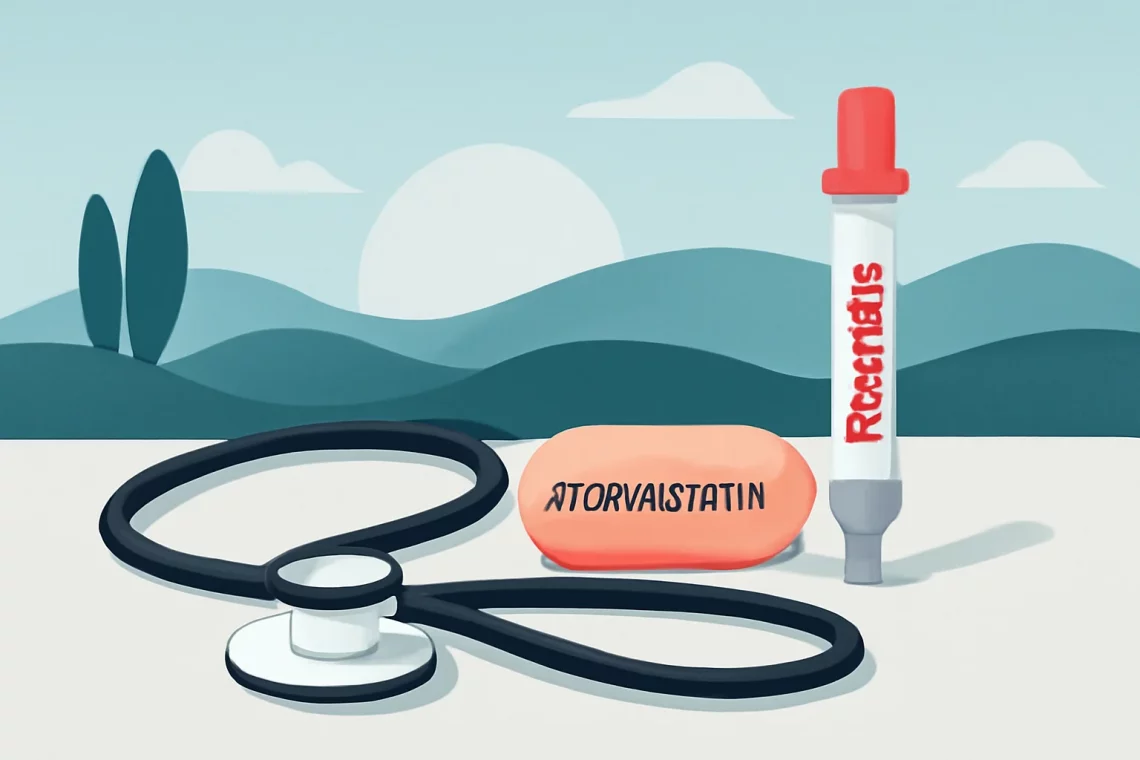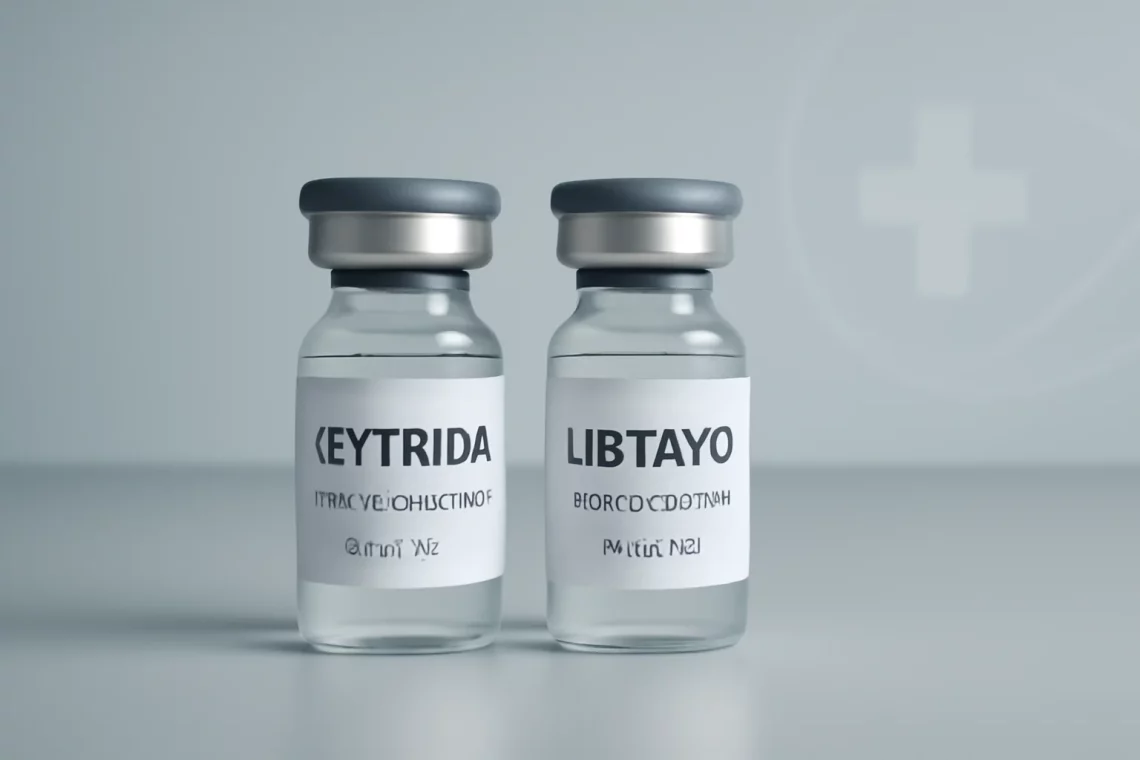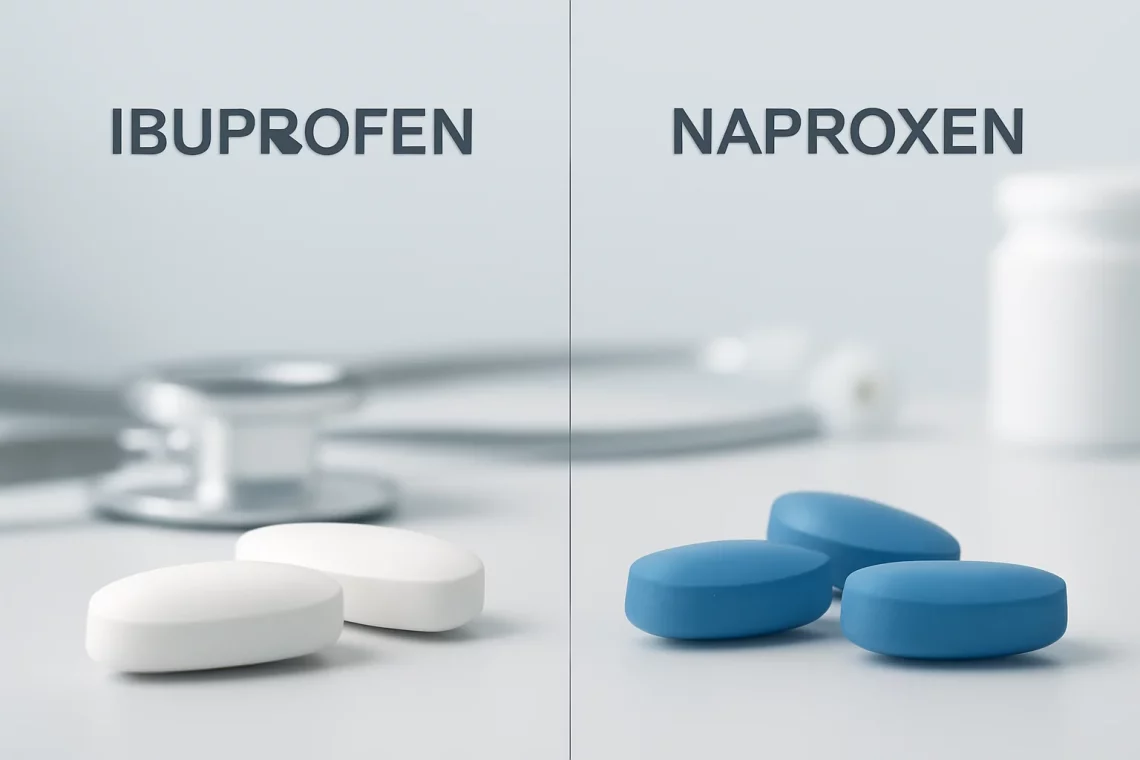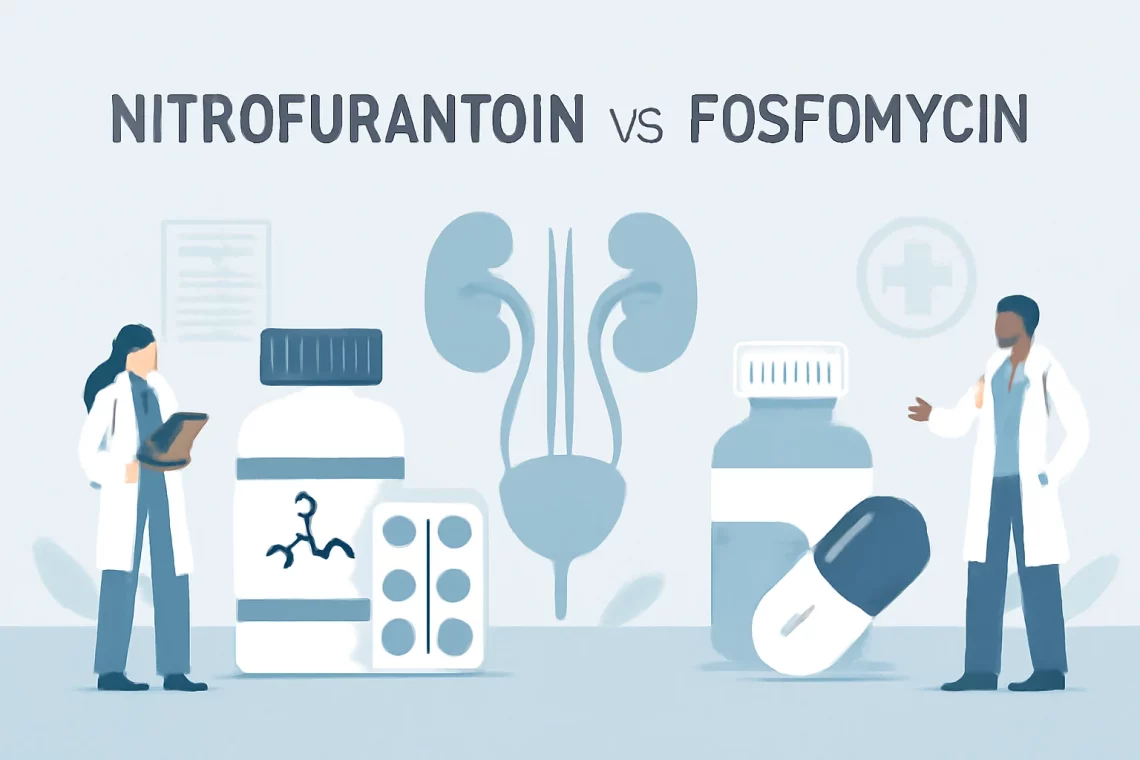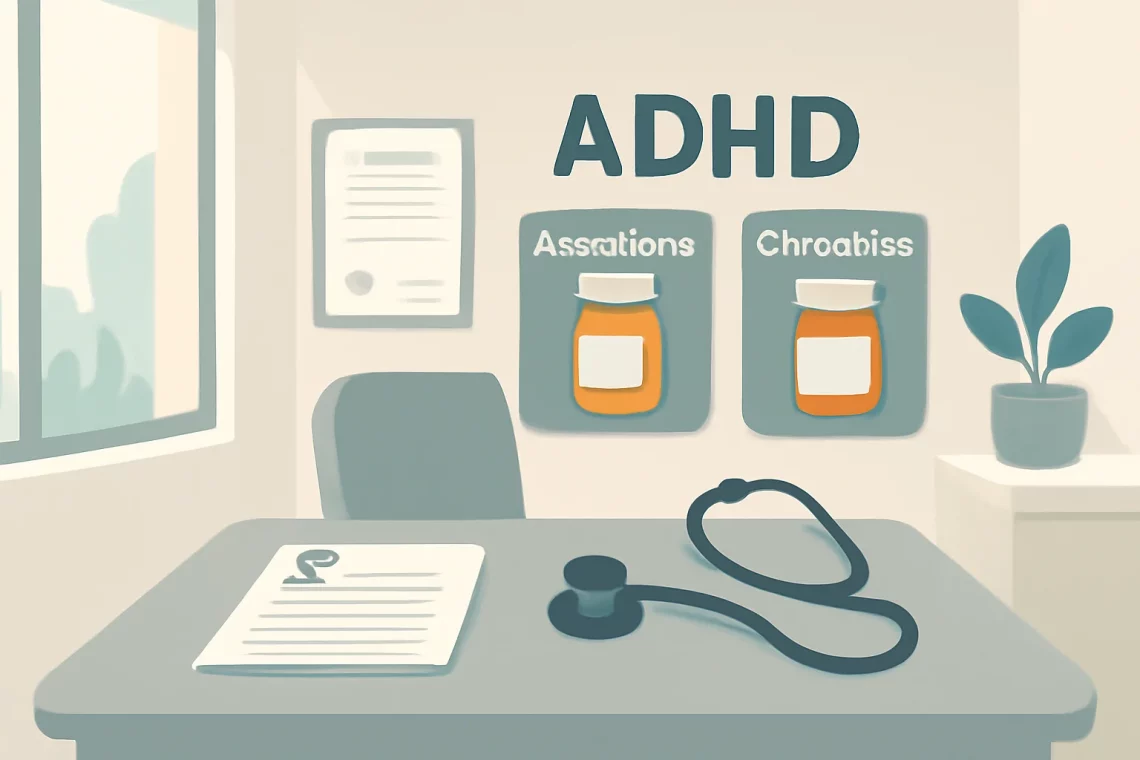-
Vraylar vs Geodon: A Comprehensive Comparison of Antipsychotic Medications
Vraylar and Geodon are both medications commonly used in the treatment of mental health disorders, particularly schizophrenia and bipolar disorder. Each of these drugs belongs to a class known as atypical antipsychotics, which are designed to help manage symptoms of these conditions by altering the effects of neurotransmitters in the brain. The choice between Vraylar and Geodon can significantly impact a patient’s quality of life, as both medications have different mechanisms of action, side effects, and efficacy profiles. In recent years, there has been a growing interest in understanding how these medications compare, as patients and healthcare providers alike seek the most effective treatment options available. Factors such as dosage,…
-
Fentanyl vs Tramadol: Understanding Pain Management Options
Fentanyl and tramadol are two medications that have gained significant attention in the medical community and the media alike. Both are used to treat pain, but they operate in fundamentally different ways and belong to different classes of pain relief medications. Fentanyl, a potent synthetic opioid, is often utilized in severe pain management scenarios, especially for patients undergoing major surgeries or experiencing extreme discomfort. In contrast, tramadol is classified as a non-opioid analgesic with a dual mechanism of action that makes it more suitable for moderate pain relief. The rise in the use of both medications has sparked discussions about their safety, efficacy, and potential for addiction. Fentanyl is notorious…
-
Doxycycline vs Minocycline: Which Antibiotic is Right for You?
Doxycycline and minocycline are both antibiotics belonging to the tetracycline class, commonly prescribed for various bacterial infections. While they share similar mechanisms of action and therapeutic uses, each has unique properties that can influence their effectiveness, side effects, and suitability for different patient populations. Understanding the distinctions between these two medications is essential for healthcare providers, patients, and anyone interested in antibiotic treatment options. As antibiotic resistance continues to rise, knowing the most appropriate antibiotic for specific conditions is crucial. Factors such as the type of infection, individual patient response, and potential side effects can all play significant roles in determining whether doxycycline or minocycline is the better choice. This…
-
Xanax vs Buspirone: Understanding the Differences and Uses
Xanax and Buspirone are two medications commonly prescribed for the treatment of anxiety and related disorders. While both drugs aim to alleviate symptoms of anxiety, they function through different mechanisms and are used in varying clinical scenarios. Understanding these differences is crucial for individuals seeking effective treatment options for their anxiety. Xanax, known generically as alprazolam, is a benzodiazepine that works by enhancing the effects of a neurotransmitter called gamma-aminobutyric acid (GABA) in the brain, leading to a calming effect. On the other hand, Buspirone is an anxiolytic that operates through a different pathway, primarily affecting serotonin and dopamine receptors. The choice between Xanax and Buspirone can often confuse patients…
-
Atorvastatin vs Repatha: Which Cholesterol Treatment is Better?
Atorvastatin and Repatha represent two distinct approaches to managing cholesterol levels and reducing cardiovascular risk. As cardiovascular diseases continue to be a leading cause of mortality worldwide, the importance of effective cholesterol management cannot be overstated. Elevated levels of low-density lipoprotein (LDL) cholesterol are a significant risk factor for heart attacks and strokes, prompting the need for medications that can effectively lower these levels. Atorvastatin, a member of the statin family, has been widely used for years as a first-line treatment for high cholesterol. It works by inhibiting an enzyme involved in cholesterol production in the liver, thus reducing LDL cholesterol levels. On the other hand, Repatha, a monoclonal antibody,…
-
Keytruda vs Libtayo: A Comprehensive Comparison of Cancer Treatments
Keytruda and Libtayo are two prominent immunotherapy drugs utilized in the treatment of various cancers. As the field of oncology rapidly evolves, these medications have emerged as significant options for patients battling conditions such as melanoma, lung cancer, and other malignancies. Both drugs are designed to harness the body’s immune system to identify and attack cancer cells, offering a more targeted approach compared to traditional chemotherapy. The mechanisms of action behind Keytruda and Libtayo involve blocking specific proteins that inhibit immune responses, thereby allowing T-cells to recognize and destroy cancerous cells more effectively. The choice between these two therapies can be influenced by various factors, including the specific cancer type,…
-
Ibuprofen vs Naproxen: Which Pain Reliever is Right for You?
Ibuprofen and Naproxen are two of the most commonly used nonsteroidal anti-inflammatory drugs (NSAIDs) available today. Both medications are widely utilized for their effectiveness in alleviating pain, reducing inflammation, and lowering fever. They are often recommended for various conditions, including headaches, muscle aches, arthritis, and menstrual cramps. However, despite their similarities, Ibuprofen and Naproxen have distinct characteristics that make them suitable for different situations and patient needs. Understanding how these medications work, their potential side effects, and their differences can help individuals make informed choices about pain management. While some may find one drug more effective than the other, the choice between Ibuprofen and Naproxen may depend on various factors,…
-
Comparing Nitrofurantoin and Fosfomycin for Urinary Tract Infections
Nitrofurantoin and fosfomycin are two antibiotics commonly used to treat urinary tract infections (UTIs). Both medications have unique mechanisms of action and various indications for use, making them valuable options in the realm of antimicrobial therapy. With the increasing prevalence of antibiotic resistance, understanding the differences between these two drugs is crucial for both healthcare providers and patients. Factors such as efficacy, side effects, dosage, and patient-specific considerations play a significant role in determining which antibiotic may be more appropriate for a given situation. As urinary tract infections continue to affect millions of individuals worldwide, the choice between nitrofurantoin and fosfomycin remains a relevant topic in modern medicine. In the…
-
Nitrofurantoin vs Fosfomycin: Which is Better for Urinary Infections?
Nitrofurantoin and fosfomycin are two antibiotics commonly used in the treatment of urinary tract infections (UTIs), a prevalent condition affecting millions globally. Both medications are effective against a variety of bacteria that cause these infections, yet they possess distinct mechanisms of action, indications, and potential side effects. Understanding the nuances between these two options can be crucial for patients and healthcare providers alike when making informed decisions about treatment. The choice of antibiotic can significantly impact the effectiveness of treatment and the patient’s overall experience. Nitrofurantoin, often prescribed for uncomplicated UTIs, has been a reliable choice for many years. Its ability to target specific bacteria while being less effective against…
-
Guanfacine vs Clonidine: Choosing the Right Medication for ADHD
Guanfacine and clonidine are both medications that belong to a class known as alpha-2 adrenergic agonists. They are primarily used to treat attention deficit hyperactivity disorder (ADHD) and hypertension, but they have gained attention for their potential benefits in various other conditions. As the medical community continues to explore their pharmacological profiles, patients and healthcare professionals alike seek to understand the nuances of each medication. Both guanfacine and clonidine work by affecting certain receptors in the brain, leading to a decrease in sympathetic nervous system activity. This can result in lowered heart rate and blood pressure, as well as improvements in attention and impulse control. However, despite their similarities, these…
















